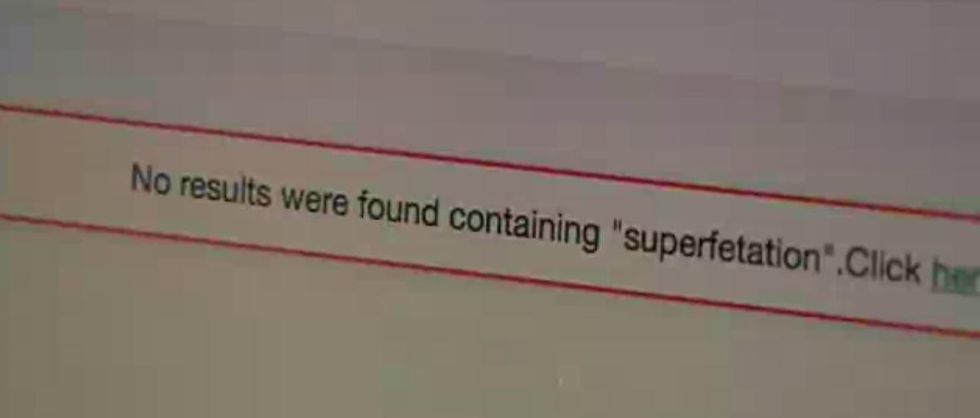News
Harriet Marsden
Nov 17, 2016
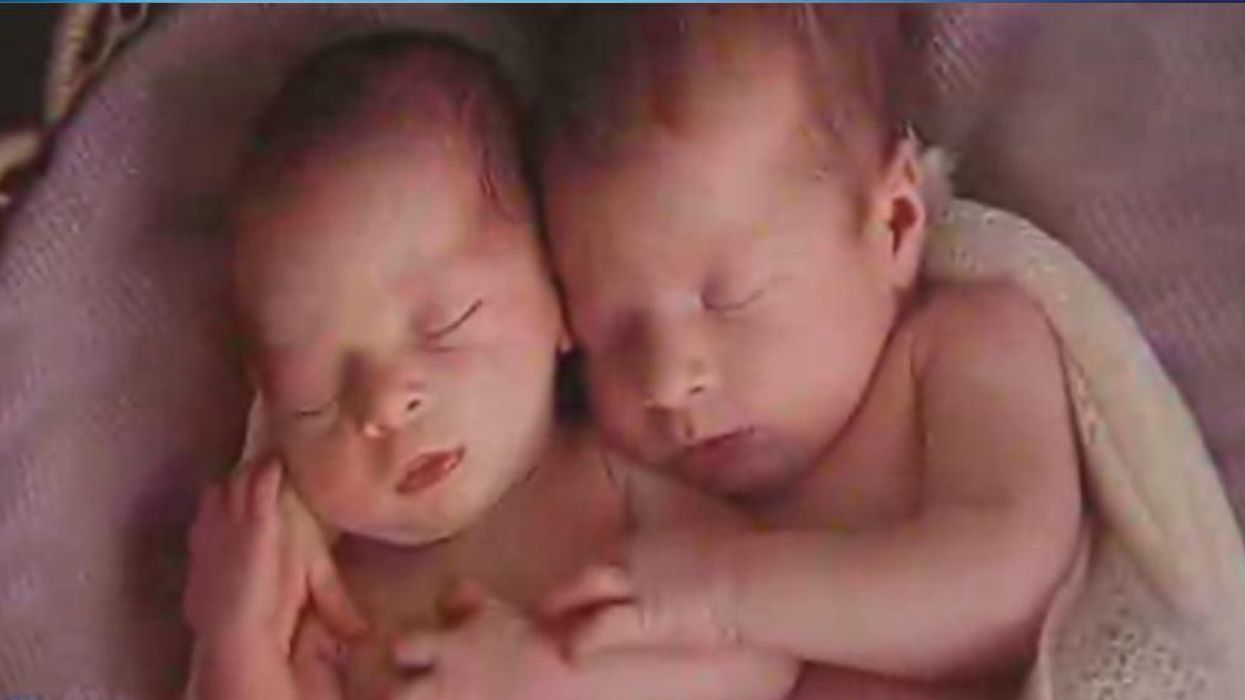
Picture:
Screenshot / Today Tonight
Kate Hill was told that she may never conceive naturally.
She was receiving hormone treatment for her polycystic ovary syndrome since 2006; one of the main symptons of PCOS is ovaries not releasing eggs (ovulating).
But, due to an incredibly rare medical phenomenon, Hill managed to become pregnant with two babies, ten days apart.
Most amazingly, Hill, from Brisbane, Australia, explained to the 'Today Tonight' programme that she actually only had unprotected sex once - but managed to fall pregnant twice.
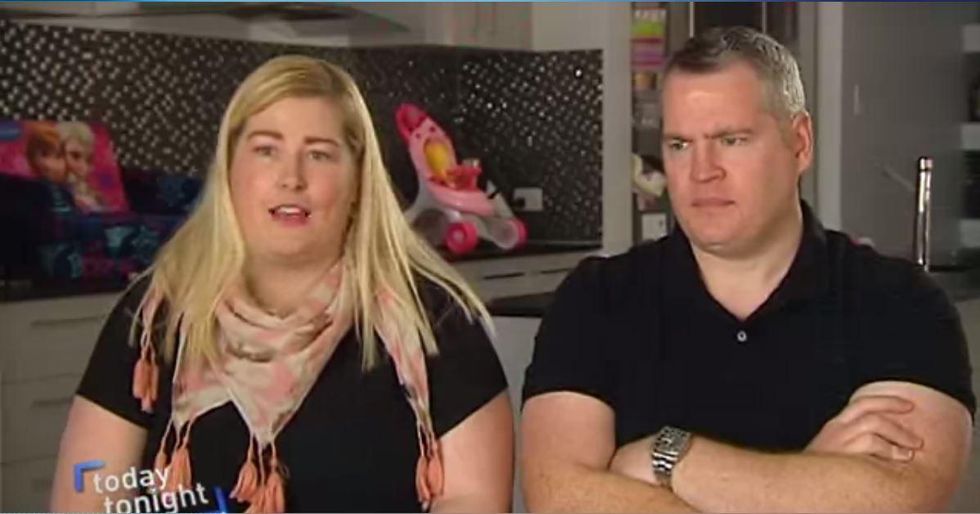
Her twins, Charlotte and Olivia, were born earlier this year at different sizes, weights and stages of development.
Therefore, doctors had to conclude that the babies were actually conceived at different times.
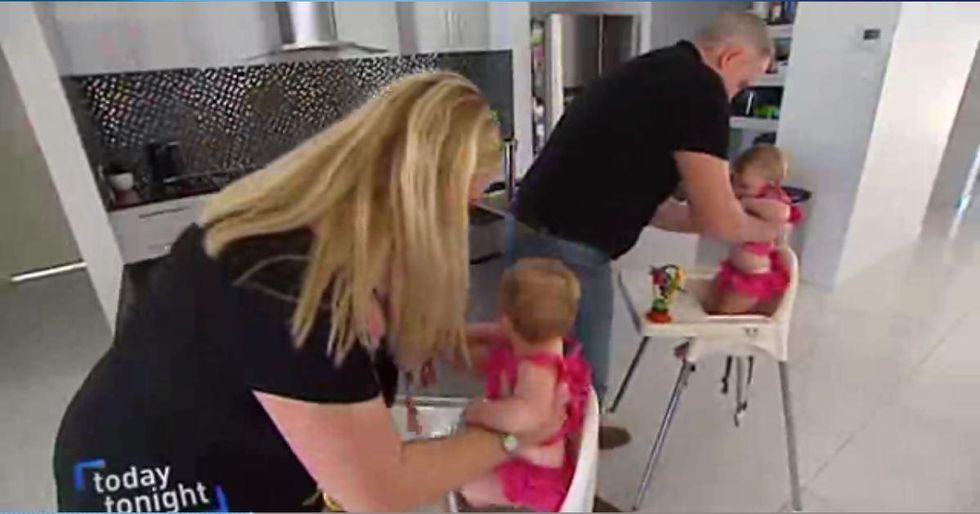
Twins are generally the product of an ovary releasing two eggs at the same time, known as dizygotic or fraternal (unidentical).
More rarely, a fertilised egg can split in two, resulting in monozygotic (identical) twins.
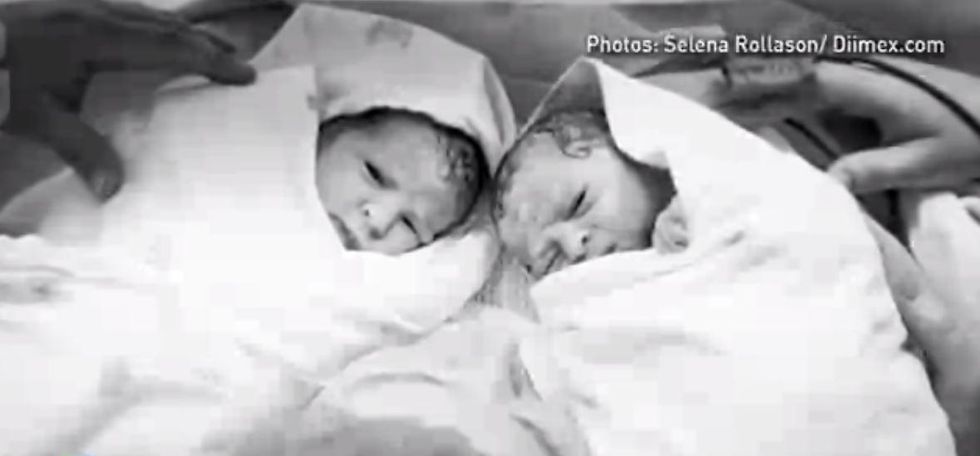
But an egg being released after conception, and becoming fertilised as well, known as superfoetation, is extremely rare.
In fact, it's so rare, that only 10 documented cases exist in medical history.
The couple's obstetrician said the condition was so rare that he had to Google it, because there was no information in the medical literature.
The story is widely doing the rounds of the internet.
However, there is an alternative theory as to what happened...
According to Dr Jennifer Eaton, a reproductive endocrinologist and infertility specialist at Duke University: "I think realistically, it's pretty unlikely that she got pregnant twice."
She told Gizmodo:
It's more likely that the twins were [indicating] different gestational ages, which is pretty common.
Dr Mindy Christiansen, an assistant professor of gynaecology and obstetrics at Johns Hopkins Medical School, added:
There's a very narrow window for fertilisation and implantation to occur.
In this situation there could have been a delayed fertilisation of one of the eggs, followed by a delayed implantation. That's not really two separate pregnancies.
The article also points out that the unlikelihood of sperm existing in the woman's body for ten days to fertilise the second egg, combined with the incredible rarity of conceiving while already pregnant, makes the superfoetation explanation seem unlikely.
More: A mother-to-be posted her ultrasound to Facebook. It quickly got extremely awkward
More: Facebook has a fake news problem. These students solved it in 36 hours
Top 100
The Conversation (0)
